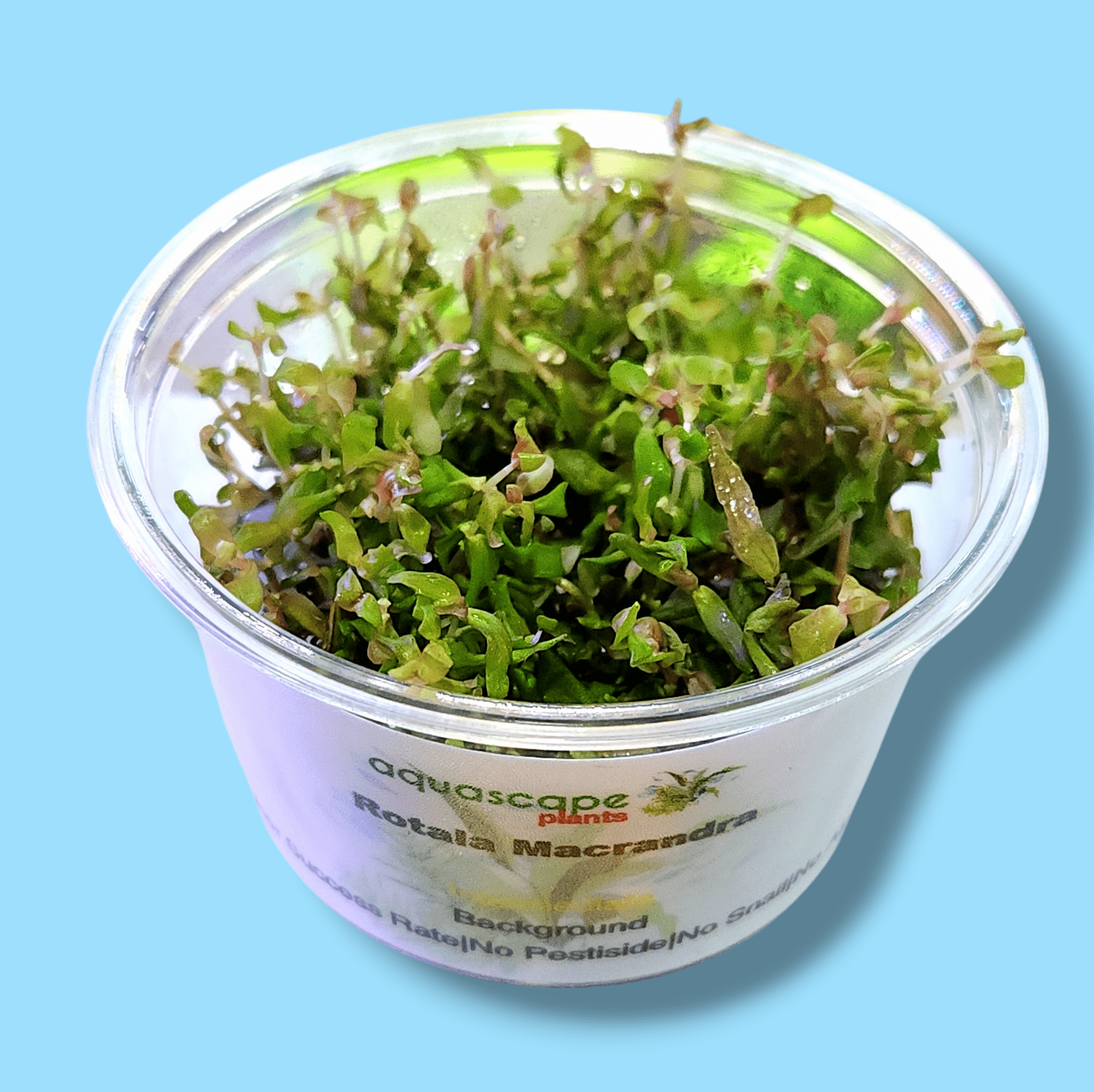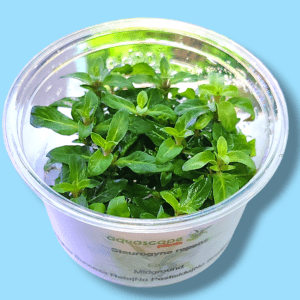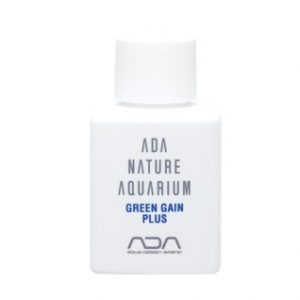Aquascapeplants Rotala macrandra Japan
Out of stock
Rotala macrandra also known as giant red rotala is a beautiful red stem plant with distinctive wavy leaves.
- Red color stem plant
- Have distinctive wavy leaves
- Great contrast with green plants
| common names | Giant Red Rotala |
| Complete botanical name | Rotála macrándra Koehne |
| Family | Lythraceae |
| Genus | Rotala |
| Difficulty | medium |
| Usage | Accent (red), Background, Midground, Street (Dutch style) |
| Aquascaping | very colourful plant for accents |
| Growth | fast |
| pH value | 4 – 7 |
Rotala macrandra Japan: The Aquatic Jewel for Your Aquarium
Description: Elevate the beauty of your aquarium with Rotala macrandra Japan, a stunning aquatic plant known for its vibrant red and pink hues. This plant is perfect for creating a striking focal point in your tank and is favored by aquarists for its eye-catching appearance.
Key Features:
- Vibrant Colors: Boasts striking red and pink foliage that adds a pop of color to any aquarium setup.
- Ideal for Aquascaping: Its delicate, fine leaves create a beautiful contrast with other plants, making it perfect for detailed aquascapes.
- Moderate Care: Thrives in well-maintained aquariums with high light levels and CO2 supplementation, making it suitable for intermediate to experienced aquarists.
- Growth: Grows best in nutrient-rich substrates and benefits from regular pruning to maintain its shape and promote bushier growth.
- Available in the UAE: Easily accessible for aquarium enthusiasts in the United Arab Emirates, ensuring you can add this exquisite plant to your collection.

د.إ27.00 د.إ30.00
Sold out!
Rotala macandra, also known as Rotala indica, is a popular aquatic plant among aquarium enthusiasts. It is native to Southeast Asia and belongs to the family Lythraceae. Here’s some information about Rotala macandra:
1. Appearance: Rotala macandra has slender stems that can grow quite tall, reaching up to 20 inches (50 cm) in height. The leaves are narrow and lance-shaped, with vibrant shades of green to reddish-purple, depending on the lighting and nutrient levels in the tank. Under optimal conditions, it can develop a beautiful red coloration throughout the plant.
2. Care requirements: This plant requires specific care to thrive in an aquarium:
– Lighting: Rotala macandra prefers moderate to high lighting conditions, which promotes its best growth and coloration.
– Water parameters: It thrives in a temperature range of 72-82°F (22-28°C) and prefers slightly acidic to neutral water, with a pH range of 6.0-7.5. It also requires good water circulation and stability.
– Nutrient requirements: Rotala macandra is considered a demanding plant and benefits from regular dosing of essential nutrients such as nitrate, phosphate, potassium, and trace elements. Carbon dioxide injection can also help with growth.
3. Propagation: Rotala macandra can be propagated by cutting and replanting healthy stem cuttings. Simply cut off the top portion of a healthy stem and plant it in the substrate. With proper care, the cuttings will develop roots and grow into new plants.
4. Placement in the aquarium: This plant can be used as a background or mid-ground plant in the aquarium. Its vibrant coloration and tall growth can add visual interest and depth to the aquascape. Planting it in clusters or groups can accentuate its beauty.
5. Compatibility: Rotala macandra is compatible with a wide range of fish and invertebrates commonly kept in aquariums. However, it is recommended to avoid species that may uproot or damage the plants.
Remember, while Rotala macandra is considered a moderately difficult plant to grow, with proper care and attention to its specific requirements, it can be a stunning addition to any aquarium.









